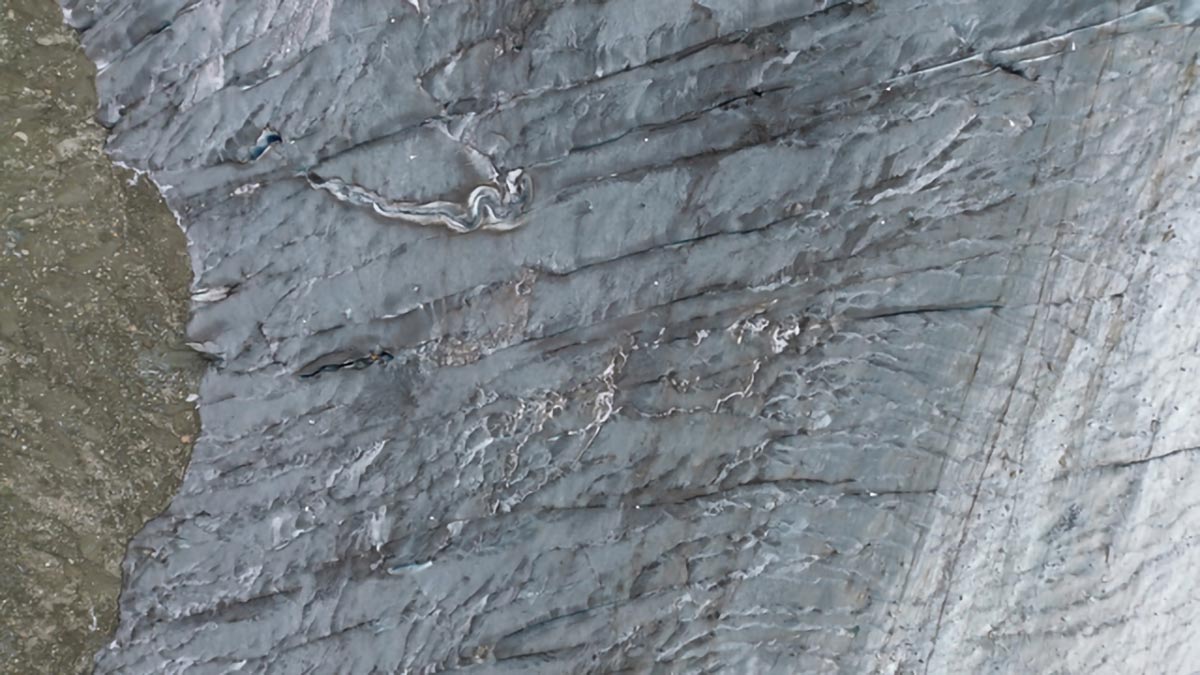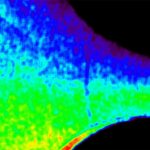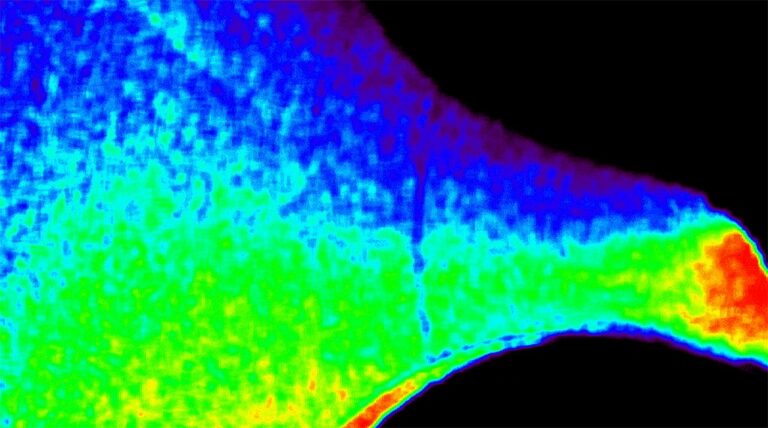Discover how fiber optics technology is revolutionizing glacier monitoring by revealing hidden seismic signals beneath Swiss glaciers. Explore how this innovation helps scientists better understand glacier movements and climate change.
Introduction
In a groundbreaking development in climate science and geophysics, researchers have harnessed fiber optics to uncover hidden seismic signals beneath a Swiss glacier. This innovative approach, known as Distributed Acoustic Sensing (DAS), is opening new frontiers in understanding glacier dynamics, seismic activity, and the broader implications of climate change. By converting underground fiber optic cables into vast sensor networks, scientists can now listen to the Earth with unprecedented detail.
What Are Fiber Optics and How Are They Used in Glaciology?
Fiber optics are thin strands of glass or plastic that transmit data via light signals. Traditionally used in telecommunications, these cables are now being repurposed for seismic monitoring. Using a technique called Distributed Acoustic Sensing (DAS), researchers send pulses of light through the fiber and analyze the backscattered signals to detect vibrations caused by seismic waves.
This technology allows scientists to monitor thousands of locations along a single cable, effectively transforming it into a dense array of seismic sensors. In the context of a Swiss glacier, this innovation is particularly valuable because it can detect minute shifts and seismic signals that traditional sensors might miss.
Revealing the Hidden World Beneath the Glacier
Glaciers are dynamic systems that are constantly moving and reshaping the landscape beneath them. However, most of this activity occurs deep within the ice or at the glacier bed—places that are difficult and dangerous to study directly.
With fiber optic sensing, scientists were able to:
Detect microseismic events caused by ice cracking and internal shifts.
Map subglacial water flows and pressure changes.
Monitor glacial tremors and identify previously undetected seismic patterns.
In the case of the Swiss glacier studied, the DAS system uncovered a variety of seismic events ranging from low-frequency glacial movements to higher-frequency signals caused by ice fracturing. This deeper insight provides a more comprehensive understanding of how glaciers respond to temperature shifts and environmental stress.
The Broader Impact on Climate Change Research
This new fiber optics-based monitoring is not just a technological marvel—it’s a crucial tool in the fight against climate change. As glaciers melt at alarming rates due to global warming, understanding their internal and basal movements becomes critical.
Key benefits for climate research:
Real-time monitoring: DAS systems can provide continuous data, ideal for long-term observation.
Non-invasive deployment: Using existing fiber optic cables means less environmental disturbance.
Wide coverage: A single fiber can span several kilometers, offering extensive monitoring potential.
These features make fiber optic seismic sensing a cost-effective and scalable solution for glacial monitoring around the world, from the Alps to Antarctica.
Swiss Glaciers as a Climate Indicator
Swiss glaciers have long served as indicators of global climate change. With nearly 1,500 glaciers, Switzerland is one of the countries most visibly affected by warming temperatures. The application of fiber optics technology in this region allows researchers to not only understand glacier behavior but also predict potential risks like:
Glacial lake outburst floods (GLOFs)
Avalanches and ice falls
Long-term sea level rise implications
By interpreting the seismic signals captured beneath these glaciers, scientists can improve climate models and inform both local disaster preparedness and global climate policy.
Future Applications and Global Expansion
The successful deployment of fiber optics beneath a Swiss glacier sets the stage for global adoption. As the cost of DAS systems decreases and access to fiber networks expands, similar techniques could be used to monitor:
Permafrost regions
Volcanoes and tectonic fault lines
Urban infrastructure in earthquake-prone areas
Combining geophysics, climate science, and data technology, this approach offers a transformative lens through which to view the Earth’s subtle and often hidden changes.
Conclusion
The discovery of hidden seismic signals beneath a Swiss glacier through fiber optics marks a major leap forward in environmental science and seismic monitoring. As climate change accelerates, tools like Distributed Acoustic Sensing will become indispensable for tracking the planet’s most fragile and powerful forces.
By listening to the Earth’s whispers through glass threads, scientists are not only uncovering secrets buried under centuries of ice—they are giving humanity a clearer signal about its future.
Fiber Optics Reveal Hidden Seismic Signals Beneath Swiss Glacier

















+ There are no comments
Add yours